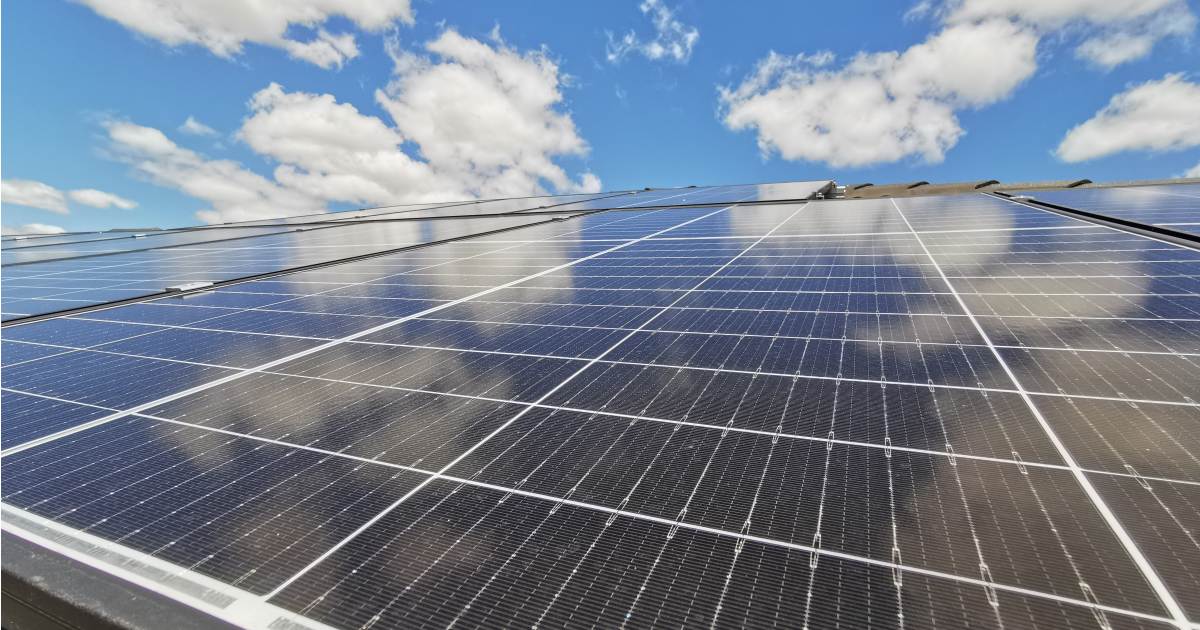
Residential solar systems installed in Victoria are getting bigger and battery rebates remain popular according to a Solar Homes industry update sent out yesterday. There’s also news of another feed-in tariff reduction on the horizon.
In his update, Solar Victoria CEO Stan Krpan noted some weeks in the last few months of 2022 were seeing solar sales and quoting activity at pre-pandemic levels.
“With energy costs still front of mind for many Victorians, all indications are that 2023 should see the industry returning to positive growth,” he wrote.
Mr. Krpan stated the average installed solar system size under the Solar Homes Program during November was 7.38kw – the biggest yet.
Demand for home batteries also remains high. Solar battery rebate applications in 2021–22 were 277 per cent higher than the previous year, and Mr. Krpan says that demand has continued in the first half of 2022–23.
He also noted quality of solar installations has improved in recent years.
“In just four years, our audits have shown the number of unsafe installations has dropped from 3.2 per cent to just 0.1 per cent – an outstanding reflection on the work being done by the Victorian solar industry to set the benchmark on quality.”
We recently reported some installers have been frustrated with delays in application processing for Victoria’s solar panel rebate. There was no mention of the situation in Mr. Krpan’s update and I noticed yesterday the messages on the Solar Victoria website indicating potential delays in responses to enquiries have been removed. Hopefully that’s all been sorted and the new year will see things back to normal. But it will be of little comfort to solar businesses (and their customers) who have been impacted by the situation.
Victorian Feed In Tariff Reduction Ahead
In other home solar news out of the state, on Tuesday the Essential Services Commission (ESC) released its draft decision on minimum solar feed-in tariffs in Victoria from 1 July 2023.
The ESC is proposing a minimum flat rate feed-in tariff of 4.8 cents per kilowatt hour (kWh), down .4c on the current rate of 5.2 cents/kWh. As for proposed minimum time varying minimum feed-in tariff rates for 2023/24:
- A drop in the day rate (Weekdays: 7am–3pm, 9pm – 10pm, Weekends: 7am–10 pm) from 5.0 cents to 4.3 cents.
- An increase in the early evening rate (Weekdays: 3pm–9pm, Weekends: n/a) from 6.9 cents to 9.0 cents.
- An increase in the overnight rate (Weekdays/Weekends: 10pm–7am) from 7.1c to 10.8 cents (good luck with that one).
While average electricity prices have increased in recent months due to higher prices in wholesale energy markets, wholesale electricity spot prices continue to remain low during the hours of the day when Victoria’s hundreds of thousands of solar power systems are cranking.
It’s important to bear in mind that whatever the ESC settles on, the rates will be the *minimum* electricity retailers can offer. They can, and some do, offer more. You can see current rates available using the SolarQuotes electricity plan comparison tool. Note that the highest feed-in tariff doesn’t always represent the best overall deal for solar owners as daily charges, consumption rates and other conditions also come into play.
And has been the case for some time now, solar energy self-consumption is the name of the game.
“The enduring value of solar is avoiding paying retail prices for your electricity. That means using your solar electricity as it is generated,” advised ESC Executive director of pricing, Marcus Crudden. “Run your power-hungry appliances – your dishwashers and washing machines – during the middle of the day to avoid paying higher evening peak prices charged by retailers.”
The Essential Services Commission will make and publish a final decision for 2023/24 minimum feed-in tariff rates by 28 February 2023. Further information on the draft decision can be found here.

 RSS - Posts
RSS - Posts



Speak Your Mind